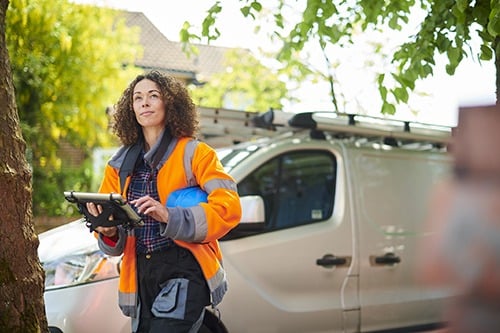
Commercial dashcams installed in fleet vehicles can be vital for enhancing safety and accountability. Dashcams can monitor driving behaviour, provide evidence in case of incidents, and improve overall road safety for drivers, passengers, and other road users.
Here’s how to ensure you are following the rules and regulations when implementing commercial dashcams in your fleet.

Data protection and legal considerations
Follow privacy laws: There are privacy laws regarding recording audio and video. Check that you understand and comply with these regulations to avoid any legal repercussions. You can refer to the Information Commissioner’s Office (ICO) guidance for small businesses using dashcams, or their advice for larger businesses.

Ensure data protection: Justify the use of dashcams in a company policy document and issue this to your staff so they are aware of the changes. Your reasons for using dashcams can be to improve staff safety, and the safety of other road users, and to provide evidence in the event of an incident. For more details, visit the ICO’s Guide to GDPR.
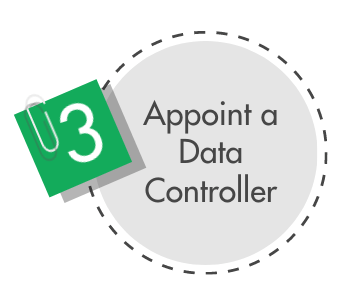
Appoint a Data Controller: To comply with GDPR, businesses using dashcams should have a Data Controller. Appoint someone within your business and register them with the Information Commissioner’s Office. You can check if you need to register and pay using the ICO online fee checker. This usually costs around £35 per year. Once you’ve registered, you’ll be listed as fee payers, showing employees and customers that you take your data protection responsibilities seriously.
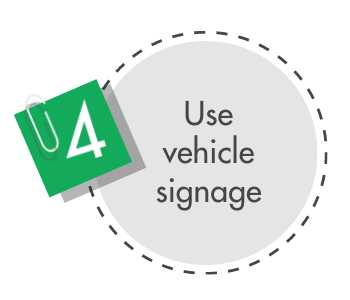
Dashcam vehicle signage: Display dashcam or CCTV signage within your vehicles to let people know they are being used. Provide the contact details for your Data Controller either on the vehicle signage or add your company website address to the signage and list the Data Controller clearly on your website. This means that employees can easily find the information if they want to speak to someone about their data.
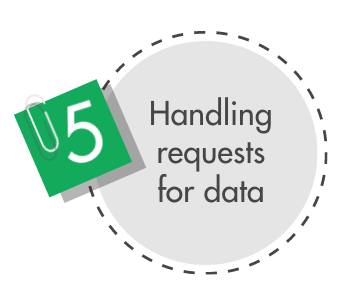
Requests for information: Familiarise yourself with the steps you should take if someone requests access to the data, or footage, that you hold about them.
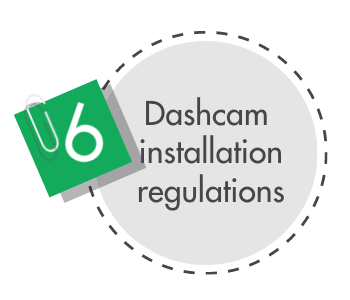
Dashcam installation and placement
Correct installation: Ensure dashcams are installed without obstructing the driver’s view. Legal standards require that dashcams should not encroach more than 40mm into the swept area of your driver’s view. Position cameras to capture optimal footage while complying with safety regulations. For guidelines, refer to the Driver and Vehicle Standards Agency (DVSA).

Employee communication
Issue a company policy: Develop clear policies on when and how dashcams are used. Effective communication is vital to avoid employee pushback and potential tampering with the devices. Transparency and driver buy-in are crucial for successful implementation. For expert advice on a driving for work policy creation, consult Driving for Better Business or Health and Safety Executive (HSE).
By adhering to these guidelines and leveraging the benefits of commercial dashcams, you can enhance the safety of your teams and protect your business while staying compliant.

“Since we started using the Quartix Dashcam solution in our fleet of vehicles, we’ve seen a significant improvement in safety and efficiency. The dashcam’s high-quality video and easy-to-use features have helped us mitigate risk and minimize downtime due to accidents. Our drivers feel more confident on the road knowing that they have a reliable witness in case of an incident. The Quartix Dashcam has been an invaluable addition to our fleet management tools.”
Which commercial dashcam to choose?
Wondering which key dashcam features to consider for your fleet of vehicles? We put together a glossary of dashcam features and a review of their benefits, to help you make an informed decision for your business.
Alternatively, explore our range of dashcam solutions, including connected dashcams that show footage directly on your Quartix tracking maps.
Tips for a successful dashcam rollout
Introducing dashcams into your business operations for the first time can sometimes spark some concerns among staff that are not familiar with the benefits. Reassure staff that the technology is there to encourage safer driving and to help them in the case of an unfair claim. Learn how to overcome some common misconceptions about fleet dashcams and encourage driver buy in in our recent blog post.
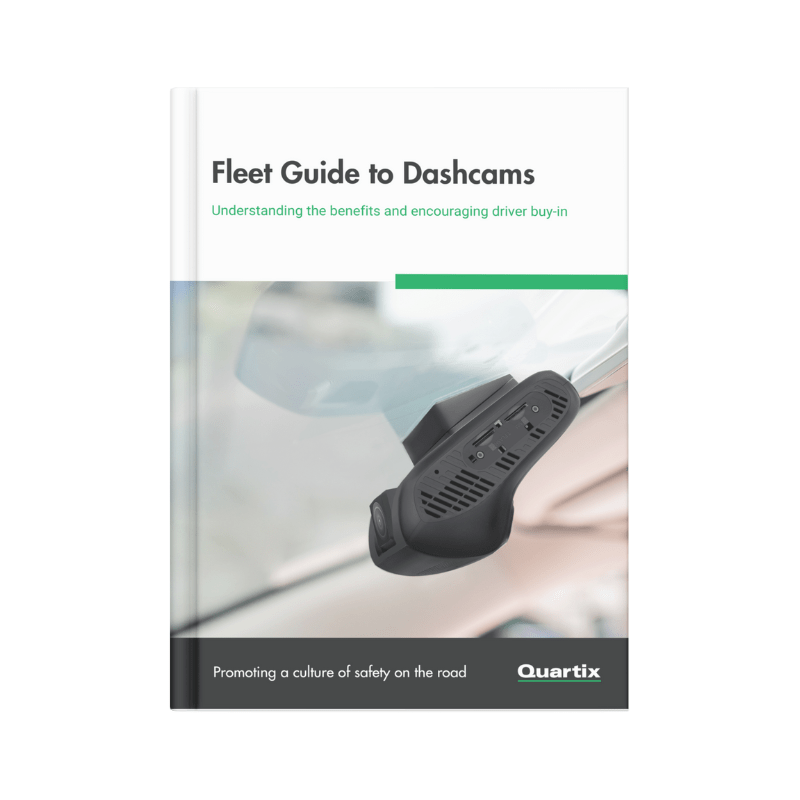
The fleet guide to commercial dashcams
For more tips and guidance on implementing a dashcam solution, get the Fleet Guide to Dashcams.




